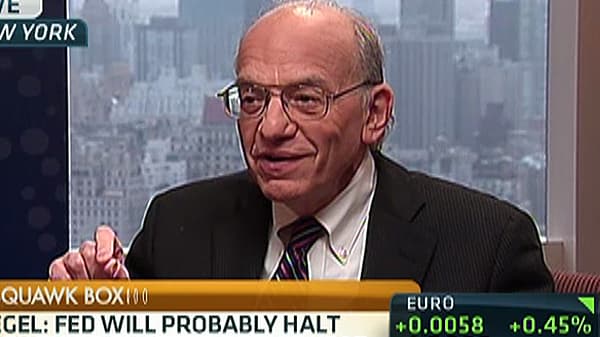There are signs the labor market, and economy, are picking up more broadly too. "There are also some interesting pockets of data which may be a barometer for the economy as a whole," Werch added. He noted the two largest year-over-year gains were in hospitality job postings, up 18 percent in February, and real estate listings, up 6 percent.
Private employers created nearly 200,000 jobs in February, according to the ADP employment survey, and economists are expecting the February jobs report Friday to show the creation of 160,000 new jobs, with the unemployment rate remain unchanged at 7.9 percent.
Geographically, competition for jobs — as measured by the number of unemployed per job posting — is easiest in San Jose, Calif., Washington, DC, and Oklahoma City, Okla. San Jose continues to benefit from hiring at established tech firms and growth in startups, while Oklahoma City is a beneficiary of the regional energy boom, Werch said. "That supports the rest of the economy, including retail and services," he noted.
(Read More: Finally! Economic Recovery Is Starting to Pick Up Steam)
But while job postings appear to be picking up, the sequester and Obamacare may be complicating hiring decisions and could keep employers from adding full-time permanent positions.
"We have seen a big spike in the use of temporary staffing but haven't seen a spike of conversions" into permanent hires, said Rob Wilson, president of HR solutions provider Employco. That's a change from the past two years when there was a big increase in the number of temporary workers being converted to full time.
"People feel better about the economy, but not enough to hire full time," said Wilson, whose company tracks temp-to-perm conversions as well as other employment data.






